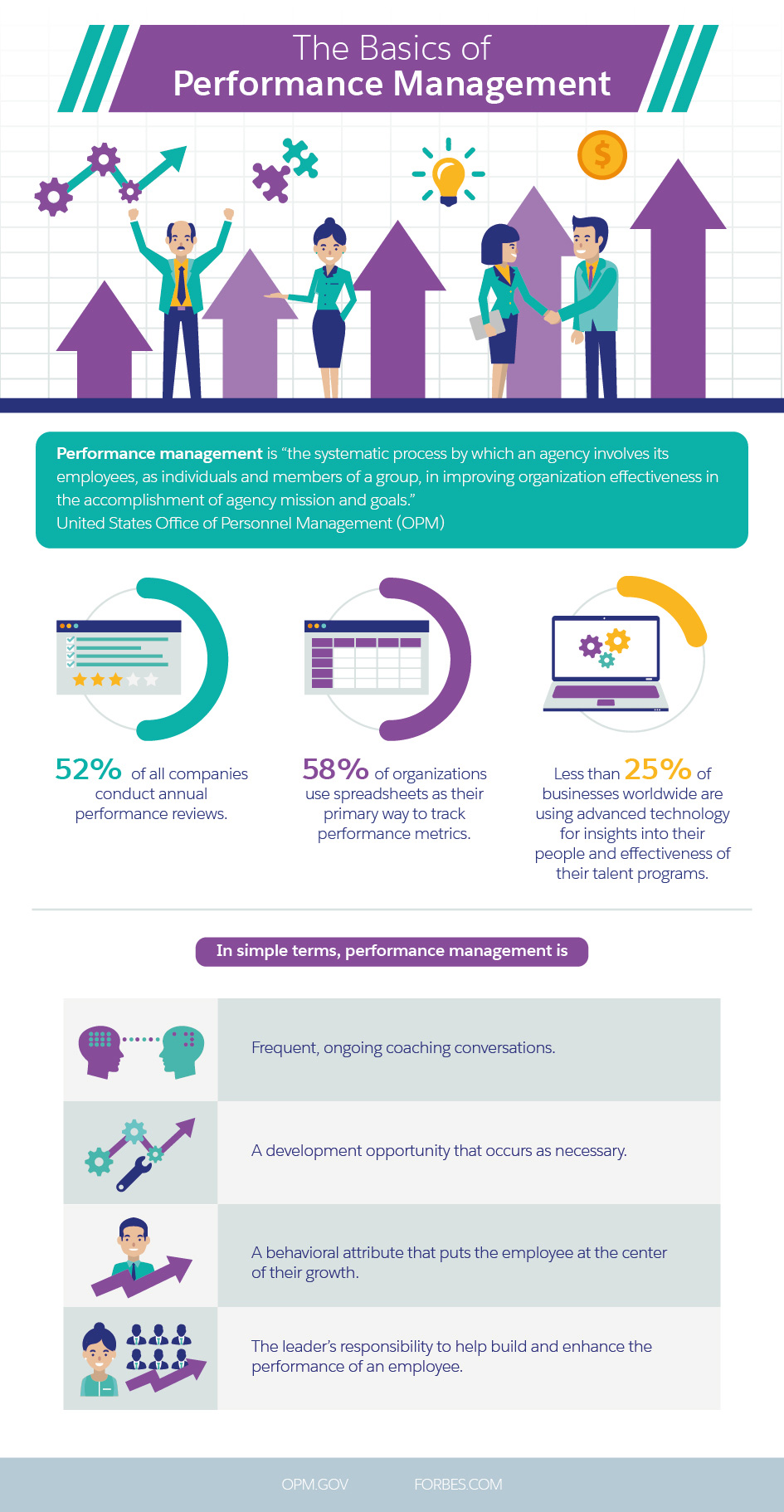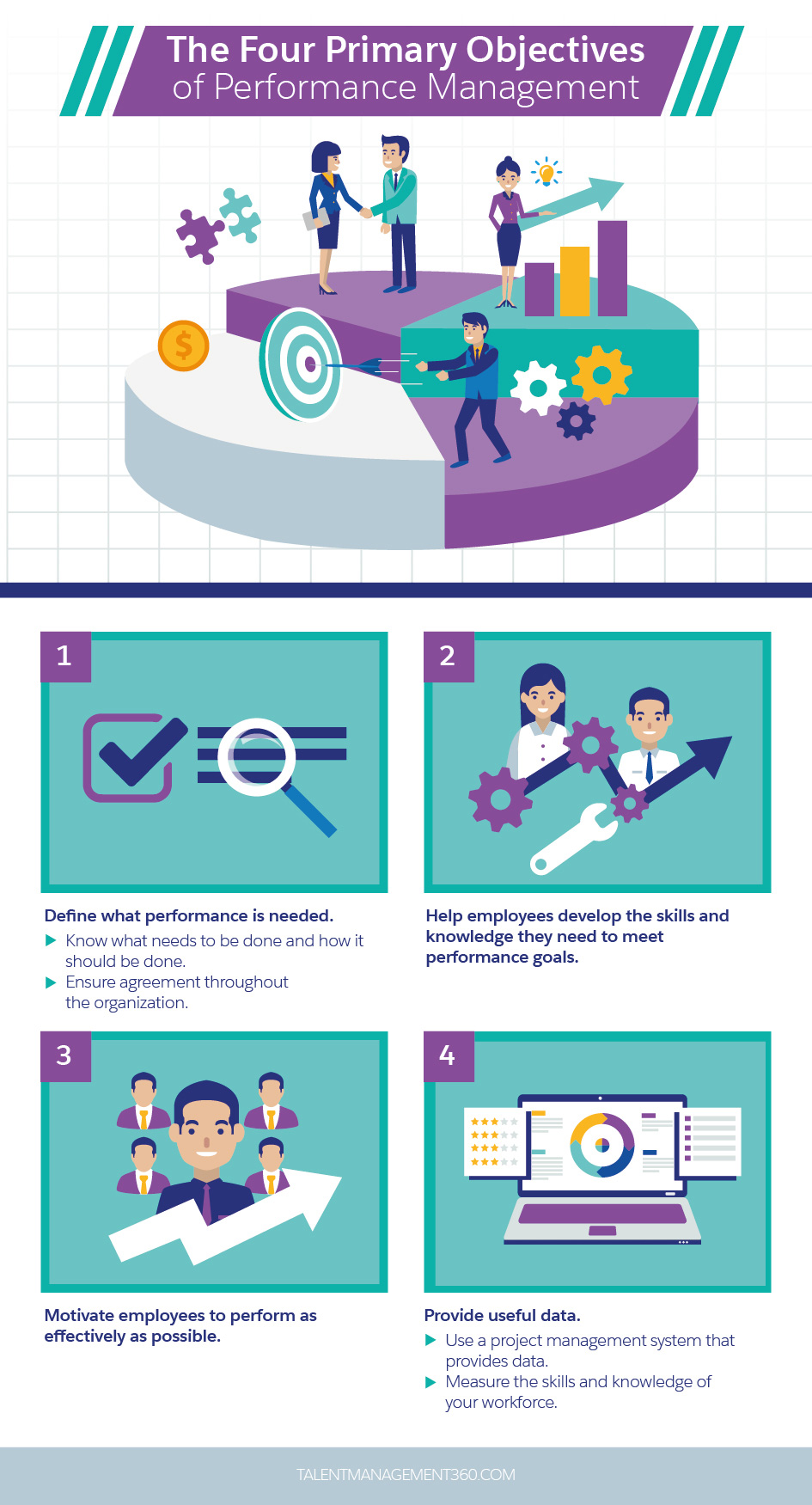PERFORMANCE MANAGEMENT
Four steps to offering a great support centre experience

By Jessica Bennett
With the ink still drying on his MBA, James is excited to join an up-and-coming consulting firm and put his book smarts to the test. His boss, Diane, is excited too. She needs a hard-working member on her team who can move projects forward and inject some new ideas into the department. Diane sees it as her responsibility to cultivate James’s talent, identify his strengths, and set him up for success. In order to do this, Diane needs a way to monitor and assess his performance.
The benefit of evaluating the performance of employees occurred to business leaders early in the 20th century, when the assembly line began to dominate modern Western industry. The concept of performance management was born out of the need to squeeze as much productivity as possible from each person on the line.
However, today’s worker is a very different breed. An article by the talent management division of Bersin, part of Deloitte Consulting, noted, “Today, more than 70 percent of all employees work in service or knowledge-related jobs. Their performance is driven by their skills, attitude, customer empathy—and by their ability to innovate and drive change by working through teams.”
As today’s companies become more dependent on employees, like James, with unique knowledge, skills, and abilities, they must develop performance management systems that can not only accurately evaluate these workers, but also give managers the tools they need to effectively coach and mentor their employees. Good performance management can increase employee productivity and help retain superstar workers, both of which can drastically improve a company’s bottom line.

What is Performance Management?
So, what exactly is the definition of performance management? It is “the systematic process by which an agency involves its employees, as individuals and members of a group, in improving organisational effectiveness in the accomplishment of agency mission and goals.”
If that sounds a little too buzz-wordy, then think of a performance management process as a system that gives managers a means to monitor and review an employee’s work performance. Ideally, under this system managers like Diane also work closely with their employees to create goals and provide guidance to improve each employee’s effectiveness within the organisation. A performance management system often includes three important features: setting expectations, monitoring performance, and providing feedback.
Setting Expectations
After James finishes his initial training, he and Diane might sit down together to develop clear goals for him. This may include short-term goals, like introducing himself to each of the department’s major clients, and long-term goals, such as developing and implementing a large-scale client survey by the end of the year.
The OPM suggests that goals should be “measurable, understandable, verifiable, equitable, and achievable.” Creating clear and specific goals allows James to understand exactly what the expectations are for his position and gives Diane the ability to evaluate his performance and contribution to the company.
Monitoring Performance
If James spends his days talking online with his fantasy football league buddies, all the work goals in the world won’t matter. Diane needs to monitor James’s performance. Active monitoring lets Diane know early if James is missing the mark or doesn’t have a key skill he needs to thrive in his position.
Providing Feedback
It is also Diane’s responsibility to provide feedback to James on his performance, so he has the opportunity to make course corrections, ask questions, and guide his own development in the company. Diane should be in regular contact with James, so she can provide ongoing support and mentorship.
A well-developed performance management system can dramatically improve employee engagement and productivity, so why are so many companies falling behind in the realm of performance management?
Why Today’s Performance Management Systems are Broken
By the 1960s, performance management had become synonymous with the well-known and dreaded year-end performance review. In the 1980s, General Electric CEO Jack Welch took this process to a whole new level of Darwinism when he popularised “forced curve” evaluations, also known as “rank and yank,” whereby managers were forced to cull the lowest-ranking members of their team each year.
Despite the fact that such systems have been used for decades by some of the world’s largest companies, recent research suggests they simply aren’t working. When WorldatWork conducted a survey among senior level human resource managers, it found that 48 percent of respondents ranked their organisation’s performance management system at a C, D, or F. Additionally, in an article for the Harvard Business Review, authors Marcus Buckingham and Ashley Goodall point to a public survey they conducted that found that “more than half (58 percent) the executives questioned believe that their current performance management approach drives neither employee engagement nor high performance.”

Most experts believe the year-end review isn’t sufficient for today’s performance management processes. “Once-a-year goals are too ‘batched’ for a real-time world,” Buckingham and Goodall claim, “and conversations about year-end ratings are generally less valuable than conversations conducted in the moment about actual performance.” The WorldatWork survey corroborates this notion, finding that the top challenge HR senior executives reported was that “managers are unable to have difficult performance discussions.”
And how about that rank-and-yank system that so many large companies adopted after GE? Writers Lisa Barry, Stacia Garr, and Andy Liakopoulos, from the talent division of Deloitte Consulting, note that the process “has been found in many companies to demoralise employees, create animosity, and spur good people to look elsewhere for work.” An expose of one popular retailer by The New York Times documented that the company’s remorseless year-end culling created a culture of fierce competition among co-workers and forced managers to sacrifice some employees in order to save their favourites. Unsurprisingly, that company is also known for its high employee turnover.
Recognising these inherent flaws in the standard performance management system, a few innovative companies are trying something new. In discussing the change at their own company, Buckingham and Goodall said, “We are in need of something nimbler, real-time, and more individualised—something squarely focused on fuelling performance in the future rather than assessing it in the past.”
The results of these performance management process makeovers are still coming in, but are very promising.
A Performance Management System for Today’s Employees
In an article for Fast Company, Kris Duggan, CEO of BetterWorks, made a bold prediction that “half the Fortune 500 will kill annual rankings and reviews by 2017.” To back up his claim, Duggan profiled six major companies that are revolutionising their performance management systems, including Eli Lilly, Adobe, Microsoft, and even GE, the company that mainstreamed the rank-and-yank review.
Each of these new systems share certain important features, including a focus on regular monitoring, feedback, and support, with an emphasis on including the employee’s input. Duggan explains that managers at GE, for example, will be “guiding employees and coaching them on their path to meeting their goals under a much less rigid framework.” Another big name, Cargil, rolled out its “Everyday Performance Management,” system in 2012, “designed to incorporate daily encouragement and feedback into on-the-job conversations.”
These industry-leading companies are only the first wave in a monumental performance management shift. According to Deloitte, around 70 percent of companies are now reconsidering their performance management strategy, and with good reason. Early results from the pioneers are tantalisingly positive. “When Microsoft removed its ratings, employee collaboration skyrocketed,” David Rock and Beth Jones report in the Harvard Business Review. Adobe claims that after it implemented regular feedback and check-ins, voluntary employee turnover dropped 30 percent, while “involuntary departures” rose 50 percent. This indicates that the performance management system is increasing loyalty among high-performing employees and helping managers identify and cut underperformers more effectively.
When explaining these impressive results, Rock and Jones put it best: “It should be no surprise that treating an employee like a human being and not a number is a better approach.”
Key Performance Indicators and Metrics: Choose What’s Right for You
As you reconstruct your performance management, you must determine which metrics are important for evaluating and improving your employees. For Namely, Matt Straz writes about four key categories of performance management metrics:
- Quality of work: This is a subjective metric, and its measurement will vary across departments and industries. One potential gauge is work output, or the amount of work that must be redone.
- Employee efficiency: With this, you want to see maximum output with minimum effort or expense. Team assessments will help determine an employee’s efficiency.
- Training programs: Straz explains, “Invest in your employees, and they’ll invest in you. . . . Training programs are essential to help employees grow professionally and reach peak performance.” Offer training programs and record attendance and participation to measure this KPI.
- Individual goals: Employees need to set measurable, timely goals. During one-on-one meetings, discuss achievements and evaluate their goals going forward.
Rachel Scott says performance metrics should also include attendance, helpfulness, initiative, and the quality of the employee’s work. Choose your metrics wisely and be sure to answer the following questions as you decide which data points are most important.
- Which metrics will indicate that you are successfully pursuing your vision and strategy?
- How many metrics should you have? (Enough, but not too many!)
- How often should you measure?
- Who is accountable for the metric?
- How complex should the metric be?
- What should you use as a benchmark?
- How do you ensure the metrics reflect strategic drivers for organisational success?
- How do you make sure the metrics and reporting reflect what’s actually happening?
- What incentives—positive or negative—could be set up if this metric was used, and how will you ensure negative incentives are not created?

How to Improve Your Company’s Performance Management System
Your metrics are chosen, and you have a performance management system and the ideal metrics in place. Now you’re ready to complete your company’s performance management process makeover. A few best practices can go a long way:
- Get leadership on board. Employees take their cues from management, so turn your executive team into true believers. Providing ongoing feedback to employees means more focus and dedication from your managers, but the rewards in increased productivity, better relationships with employees, and higher quality of work are well worth the effort.
- Clearly define goals for employees. You cannot expect your employees to thrive if they are not operating with a clear set of goals. Consider using the S.M.A.R.T. method of goal creation (Specific, Measurable, Achievable, Realistic, and Time-Bound).
- Invite employees into the process. Give your employees a sense of ownership over their goals by including them in the goal development process.
- Provide regular feedback. Industry leaders like Kris Duggan are praising the end of the annual performance review, and innovative companies like Adobe and Microsoft are already benefiting significantly from ditching the performance review in favour of regular communication between managers and employees. Buckingham and Goodall describe radically frequent check-ins as “a team’s killer app.”
- Focus on coaching/guiding/mentoring employees. Many of today’s companies need employees with a high-level and multi-faceted skillset, which takes a lot of work to develop and cultivate. Rock and Jones note that “Millennials in particular crave learning and career growth.”
- Get the right tools. Develop a sound structure to make recording goals, monitoring performance, and communicating between managers and employees as easy and clear as possible. GE has actually developed its own app that allows managers to deliver more regular feedback to their employees. Salesforce’s Einstein Analytics Apps program can help you develop analytic and communication apps tailored to the performance management needs of your company.
As James begins his career, he may not have to sweat over the annual review that his predecessors experienced. If Diane is part of the performance management revolution, then she and James will work closely on an ongoing basis to turn him into a company superstar. When James comes to work every day excited to exceed his goals, his company will benefit from his growing skills and high level of productivity. A great performance management process is a win-win-win for employees, managers, and a company’s bottom line.


